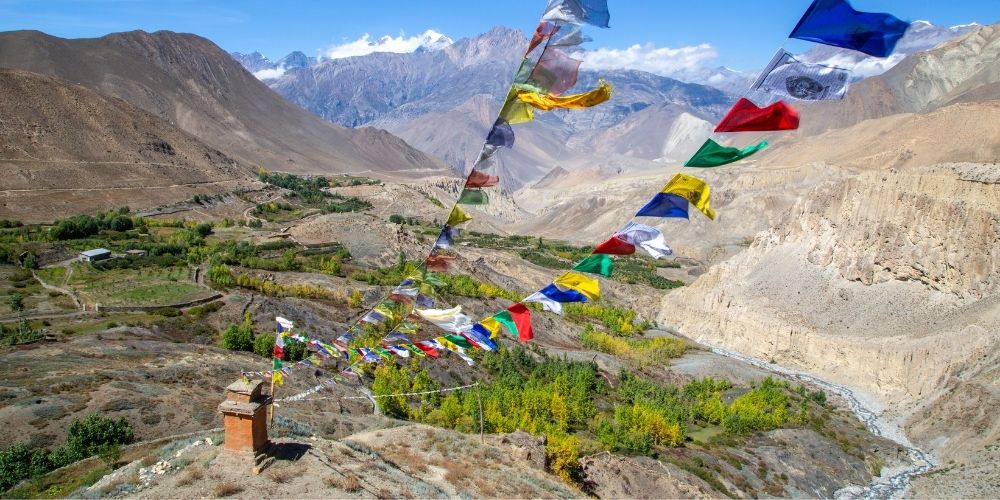
You’ve arrived in Pokhara, having trekked for several days through the Himalayas. The Annapurna Circuit is one of the most popular treks in the world, and a bucket list item for many backpackers, world travelers and adventurers.
But altitude sickness can strike even those who have spent weeks getting in shape. Here are 3 ingredients to avoid altitude sickness while hiking the Annapurna Circuit.
The Annapurna circuit is one of the most popular treks in Nepal. It is a challenging yet rewarding trek that takes you through diverse and dramatic landscapes, beautiful villages and some of the highest mountain passes in the world.
The trail circumnavigates the Annapurna Massif, crossing the Thorong La Pass at 5416 meters (17769 feet), which is one of the highest trekking passes in the world. For this reason, altitude sickness is something you need to be prepared for. Altitude sickness prevention is better and easier than struggling to fight it off after you already have it.
Climbing mountains can be a good opportunity to see the world's unique and beauty. However, climbing also has a risk of danger. One of them is altitude sickness.
Altitude sickness is a condition where blood flow to the brain decreases due to lack of oxygen at high elevations. Altitude sickness, also known as acute mountain sickness (AMS) can occur when you ascend too quickly to heights above 2438 meters or 8000 feet.
Altitude sickness condition will cause symptoms such as:
Altitude sickness can cause considerable discomfort, but it is not typically life-threatening. However several potentially fatal diseases have similar symptoms initially. High altitude cerebral edema (HACE), for example is often misdiagnosed as altitude sickness and the condition may progress, where you need medical attention immediately.
If you’re not used to being at such altitudes, then you may be wondering how reverse altitude sickness or how to avoid altitude sickness on the Annapurna Circuit.
If you wonder how to prevent altitude sickness, here are three ingredients with scientific altitude research to cook up the perfect recipe for avoiding Annapurna Circuit altitude sickness:
The combination of these three ingredients -- glutathione, dihydromyricetin (DHM), and glutamine -- can be powerful to fight off the negative effects of altitude.

Our chewable hydration tablets contain all three of these altitude ingredients -- glutathione, dihydromyricetin (DHM), and glutamine. Originally these gained popularity in our home state of Colorado for all the altitude usages for visitors, travelers and skiers. Try our chewable hydration tablets today and be best prepared for your Annapurna Circuit trek!
SOURCES:
1. Effect of high altitude (7,620 m) exposure on glutathione
https://pubmed.ncbi.nlm.nih.gov/11320641/
2. Dihydromyricetin Improves Physical Performance under Simulated High Altitude
https://journals.lww.com/acsm-msse/fulltext/2014/11000/Dihydromyricetin_Improves_Physical_Performance.6.aspx
3. Continuous and intermittent exposure to the hypoxia of altitude: implications for glutamine metabolism and exercise performance
https://bjsm.bmj.com/content/34/3/210
4. The Possible Importance of Glutamine Supplementation to Mood and Cognition in Hypoxia from High Altitude
https://www.ncbi.nlm.nih.gov/pmc/articles/PMC7760805/
Copy the coupon code & use it at checkout